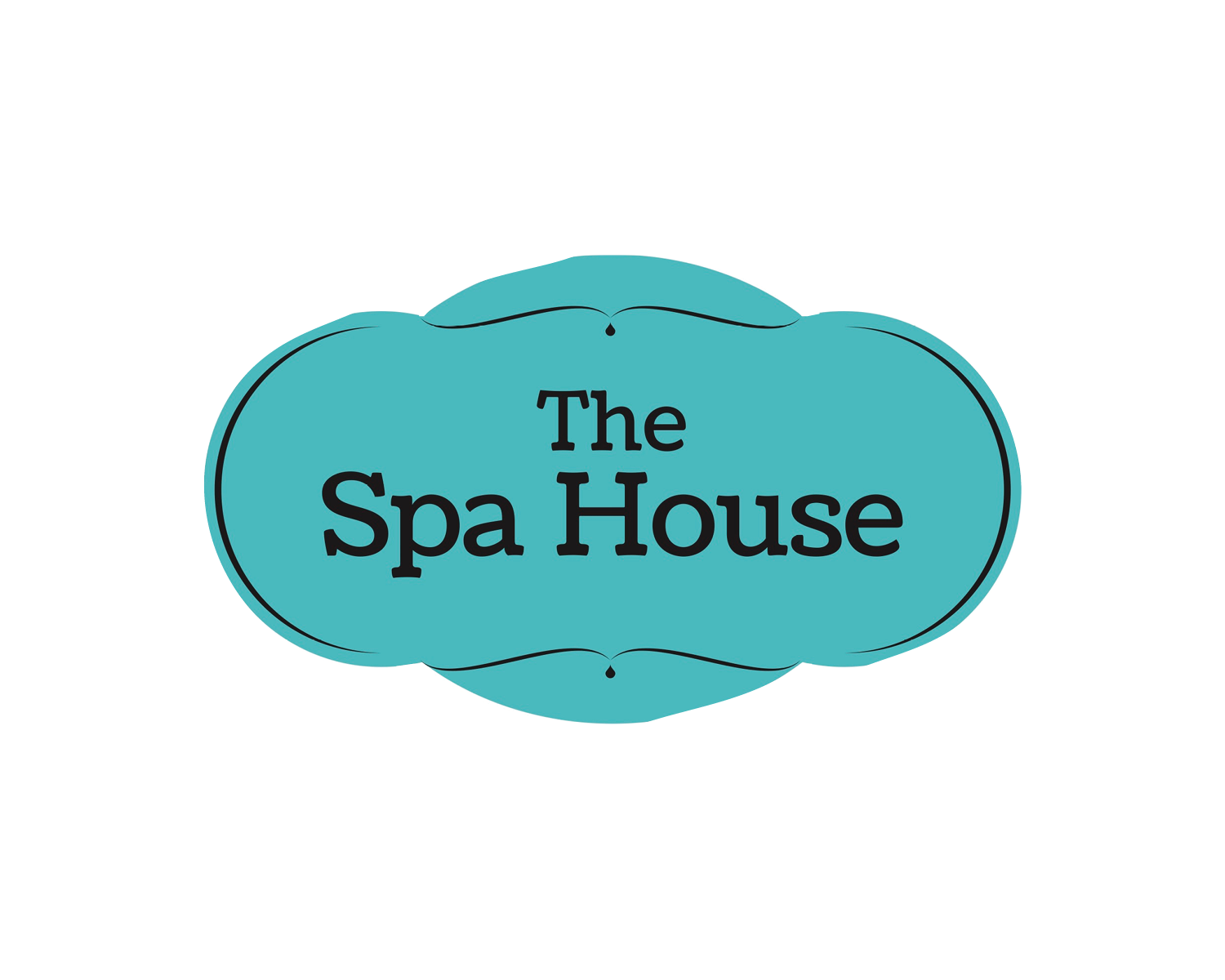Dr. Gaye’s Skin Care Corner: The Impact of Menopause on Skin and Treatment Options to Restore Youthful Glow
Menopause brings about significant hormonal changes that can drastically affect the skin. As estrogen levels decline, the skin undergoes transformations that often lead to visible signs of aging. Understanding these changes and exploring effective treatment options can empower women to maintain healthy, youthful skin throughout this stage of life.
How Menopause Affects the Skin
Decline in Estrogen and Collagen Levels: Estrogen is a key player in maintaining skin health. During menopause, reduced estrogen levels lead to a significant drop in collagen, which accounts for the skin’s thickness, elasticity, and overall structure. This results in thinner, less elastic skin and an increase in the appearance of wrinkles.
Skin Dryness and Dullness: Lower estrogen levels also contribute to reduced sebum production, leading to dryness and dullness. This lack of moisture can exacerbate irritation and discomfort.
Altered Skin Barrier Function: Menopause disrupts the skin’s natural barrier function, making it more susceptible to environmental stressors and reducing its ability to retain hydration.
Fat Redistribution and Volume Loss: Hormonal changes can cause fat depletion in certain areas of the face, leading to sagging, hollowing, and a loss of youthful contours.
Wound Healing and Pigmentation Issues: Menopause affects the skin’s ability to heal and can lead to uneven pigmentation, such as age spots.
Testosterone Decline: Reduced testosterone levels can alter skin texture and lead to a reduction in pore size, further contributing to a change in skin appearance.
Increased Cortisol Levels: The rise in cortisol, a stress hormone, during menopause accelerates collagen breakdown, leading to thinning skin, reduced elasticity, and increased wrinkles. Elevated cortisol can also trigger inflammation, resulting in redness and conditions like acne or rosacea.
Altered Insulin Sensitivity: Menopause impacts insulin sensitivity, which can disrupt metabolic processes and damage collagen and elastin fibers, contributing to an aged appearance.
Treatment Options to Restore Youthful Skin
Achieving optimal results often requires a combination of therapies tailored to individual needs. Here are some of the most effective options:
Hyaluronic Acid Fillers: These fillers restore lost volume, smooth wrinkles, and enhance facial contours, giving the skin a plump, hydrated appearance.
Botulinum Therapy: This treatment targets dynamic wrinkles caused by facial expressions, such as crow’s feet and frown lines. While it has minimal impact on static wrinkles, it remains a cornerstone of anti-aging therapy.
Biostimulators: Biostimulators, such as calcium hydroxylapatite or poly-L-lactic acid, stimulate collagen and elastin production, improving skin texture and firmness over time.
Platelet-Rich Plasma (PRP), Platelet-Rich Fibrin (PRF), and Skin Boosters: These regenerative therapies use growth factors from your blood or other biocompatible agents to rejuvenate the skin, improve texture, and promote healing.
Chemical Peels: Chemical peels exfoliate the skin’s surface, improving texture, reducing pigmentation, and revealing a brighter complexion.
Exosomes and Stem Cell Therapy: These cutting-edge treatments harness the power of cellular regeneration to rejuvenate the skin and improve its overall quality.
High-Energy Devices: Devices like lasers, radiofrequency, and ultrasound provide non-invasive or minimally invasive solutions for addressing pigmentation issues, stimulating collagen production, and tightening the skin.
Embrace the Transformation
Menopause is a natural stage of life, but its impact on the skin can be managed with a proactive approach. A combination of advanced treatments and personalized care can help restore skin health and radiance. Consulting with a skilled professional ensures that you receive tailored solutions to meet your unique needs, allowing you to confidently embrace this new chapter with glowing, youthful skin.



